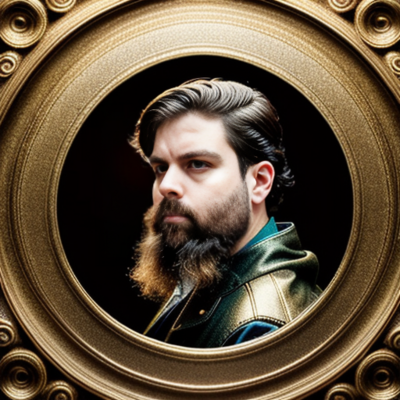Story scope

Winkletter • 2 Jan 2025 •
This year I want to learn how to shape work based on appetite. Given a set number of hours and a story I want to write, how complex can that story be? It’s a bit like deciding what to eat for lunch. How hungry are you?
To do this I need to understand scope. Different parts of the story can be short to long, or simple to complex. My appetite doesn’t just define the size of the story as a whole, but also my appetite for different parts.
- Story Elements: The number and complexity of characters, settings, objects, actions, etc.
- Discourse: Shifts in time, perspective, or frames like description, dialogue, etc.
- Text: Stylistic complexity, tone, and use of literary devices.
- Process: Do I jump straight into writing, start with a development phase, and how much editing do I plan to do?
The scope definition would be a bit like a pattern language. It doesn’t fix the story in place by naming characters or plotting events. It just defines the work. If I want to tell this story, in the given amount of time, here’s how I need to build it.
Example Scope:
- Story Elements: Two characters, one setting, a single startling event.
- Discourse: Linear narrative with a mix of description and dialogue, little to no introspection.
- Text: Clear and direct prose with some poetic touches.
- Process: Plot out key beats beforehand but discovery write dialogue.
Comments
I definitely think user experience should be a major part of this process. What are the features that readers want? The story exists to serve some function in the reader’s life.

Is assessing the reader experience part of your writing process? “What would it be like for the reader if I only had 2 characters? What would keep the reader engaged in this situation? How would I sequence events with the reader experience in mind?”
Since I’m a UX designer I tend to think about the experience of the consumer a lot (app user, reader, visitor, etc).